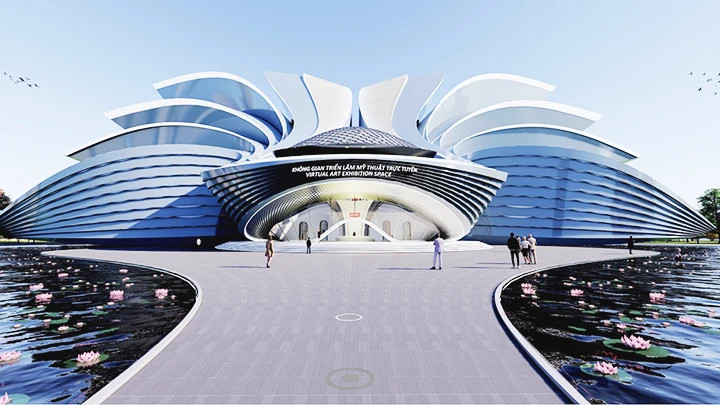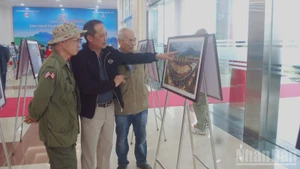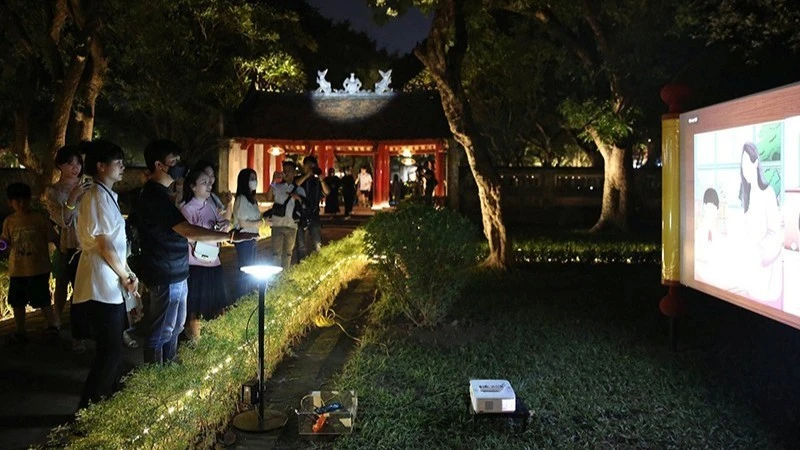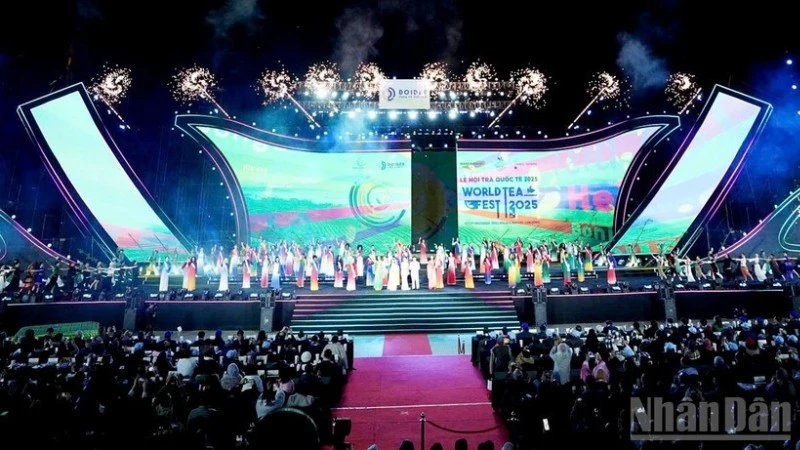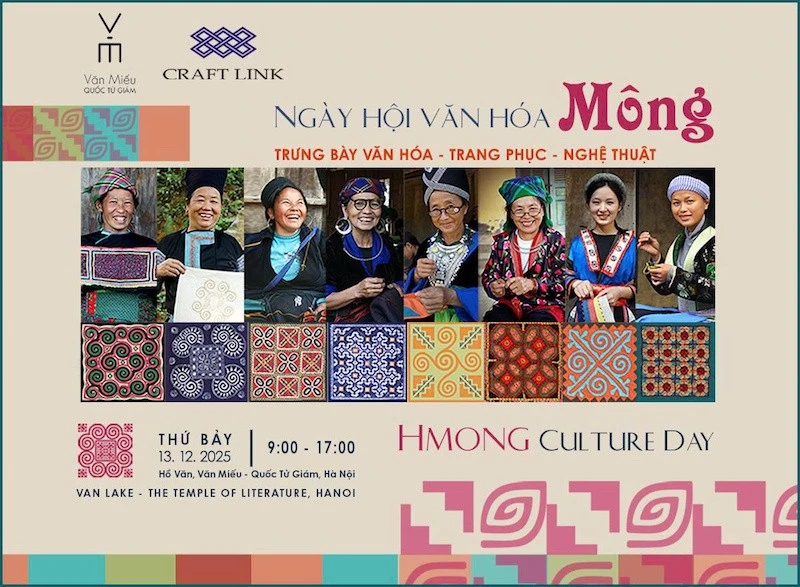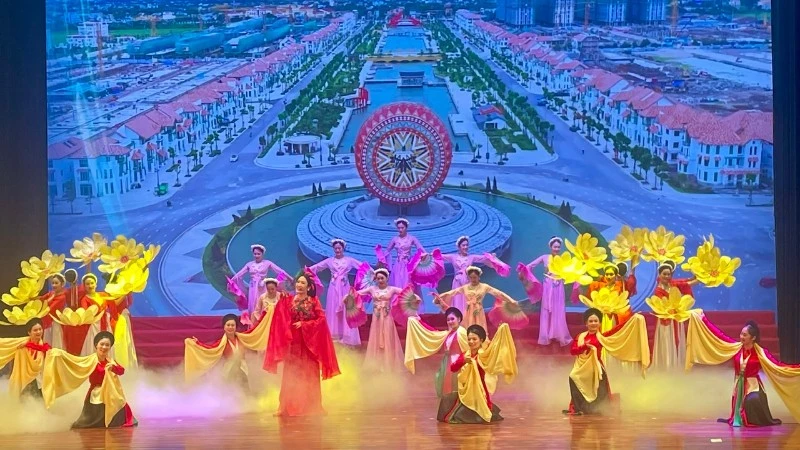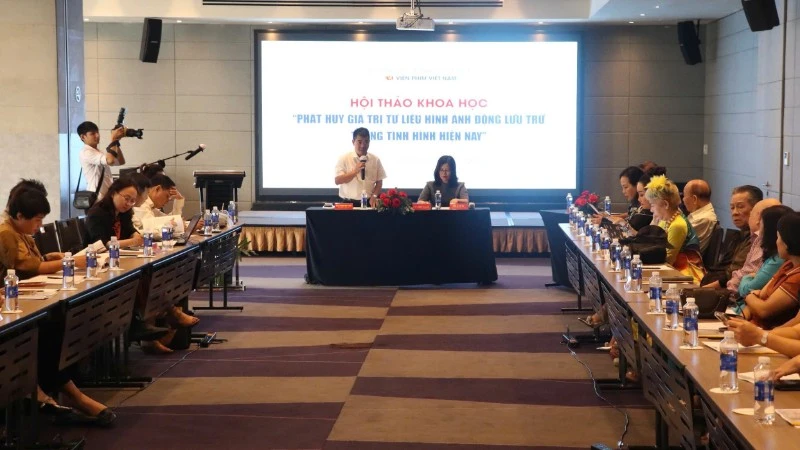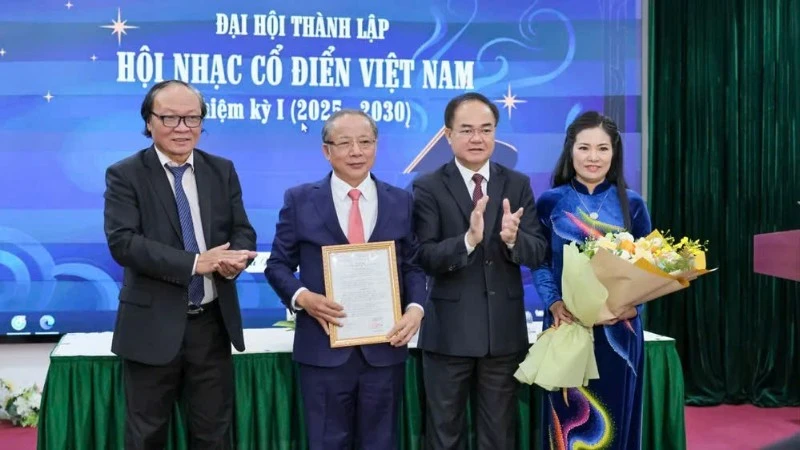The first steps
In early October, the Vietnam Museum of Fine Arts launched the Virtual Art Exhibition Space (VAES) with an architecture simulating a stylised lotus shape.
This is Vietnam's first virtual gallery space, allowing museums and authors to exhibit their collections in the same way as today's physical galleries.
By scanning the QR code or accessing the link https://vnfam.trienlamao.net, viewers will enter this first "virtual museum" and have a life-like tour with moves in virtual space, accessing to the exhibition rooms, find the location of the works, view the works and read the introduction of each work in detail according to the instructions.
With the features of viewing angle control, zooming and especially 3D interaction, the online exhibition platform brings viewers to engaging experiences.
Stemming from the aspiration to erase the limits of distance and connect space, the VAES also shares information about valuable Vietnamese art works which are kept at the fine art museums, as well as shows the endless creativity of contemporary artists.
The construction of virtual museums, where online art exhibitions "take place", has also been implemented by many famous museums around the world. This is an inevitable trend in the current digital era so that museums can reach more of the public.
With a device connected to the internet, virtual museums help people visit anytime and anywhere, whether in the city or the countryside. Art exhibitions on online platforms provide ew and positive values in terms of propaganda and communications. This is also an effective way to promote and evoke love for arts among the public, especially young people.
According to Professor Susan Bayly from Cambridge University of the UK, virtual exhibition is an impressive innovation, contributiong to increasing opportunities for Vietnamese artists to introduce their works to the international public as well as showing the strong development of Vietnamese arts to the world.
 |
| Metropolitan Museum, one of the famous museums applying virtual reality technology. |
In fact, the development of virtual museum displaying art works on an online platform is not really new but the public's experiences are still quite new.
Particularly at the Vietnam Museum of Fine Arts, since 2021, the 3D Tour online tour technology (in Vietnamese and English) has been applied and integrated on the museum's website (vnfam.vn).
In addition, many domestic museums have also introduced viewers to virtual exhibitions and online galleries based on available collections at the museum. Some examples are the 360-degree tour at the Vietnamese Women's Museum or the National Museum of History applying 3D virtual reality technology to introduce and display the exhibits under three themes: Vietnamese Buddhist Cultural Heritage, Vietnamese Ancient Lamps and Vietnamese Mascots.
From these first steps, the virtual museum model is expected to continue its development, both providing opportunities for creative artists and contributing to creating more opportunities for the international public to learn about Vietnamese arts and culture, especially in the context of the limitation in the methods of approaching Vietnamese culture and arts.
Strict legal corridor needed
With a virtual museum, audiences and researchers around the world can access works and reviews and learn about a country's fine arts more conveniently. In fact, information about new works s by Vietnamese artists has rarely been widely known due to the lack of effective promotion channels.
However, the display of fine art works in the virtual space also faces a number of legal issues related to copyright and data protection.
Therefore, in addition to preparing the foundation of facilities and human resources, a clear and specific legal corridor is needed for the birth of virtual art exhibitions to meet the requirements of education and entertainment and enjoyment demand of the public.
 |
| Copyright is one of the difficult "problems" for virtual fine art exhibitions. |
Many experts believe that to make the application of technology in exhibition activities more effective, specific legal regulations on public investment for technology application in museum activities as well as the regulations, mechanisms, public-private cooperation policies and mechanisms are needed to encourage individuals and units to work with the museums to carry out the task of technological application in the field of cultural heritage and regulations on technology copyright and image copyright of artifacts.
The development of virtual art exhibition platforms poses complex legal issues and it will certainly take a lot of time for the law to adapt to reality.
To avoid problems related to intellectual property, in the immediate future, it is necessary to prioritise a number of things such as identifying the rights owner and if any asking for permission to digitise the works, providing them online for free and encouraging the use of open data.
